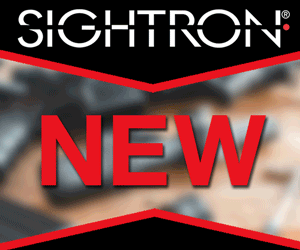Topher Durden
Plinker
I've heard that some people will zero their long rifle to 100 yards, while others zero at 200. I know the answer depends on the type of shooting, rifle, caliber, shooter, and several other factors. I have two questions:
1.) What are the advantages/disadvantages to wither of these distances for a rifle zero?
2.) I'm going to be shooting a .308 Win Bolt gun for longer range bench/target shooting. What would anyone recommend as a good zero distance and why?
1.) What are the advantages/disadvantages to wither of these distances for a rifle zero?
2.) I'm going to be shooting a .308 Win Bolt gun for longer range bench/target shooting. What would anyone recommend as a good zero distance and why?




